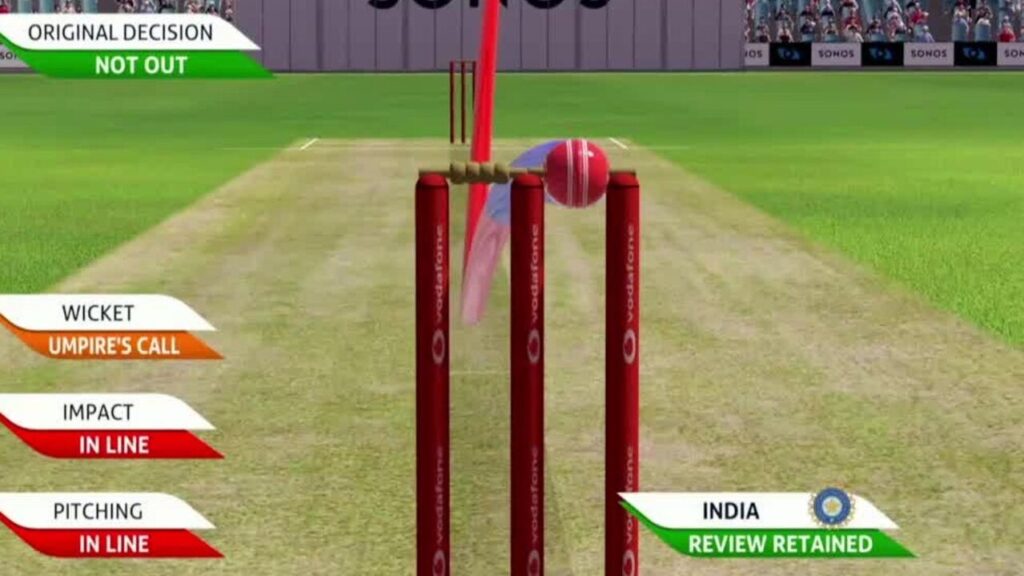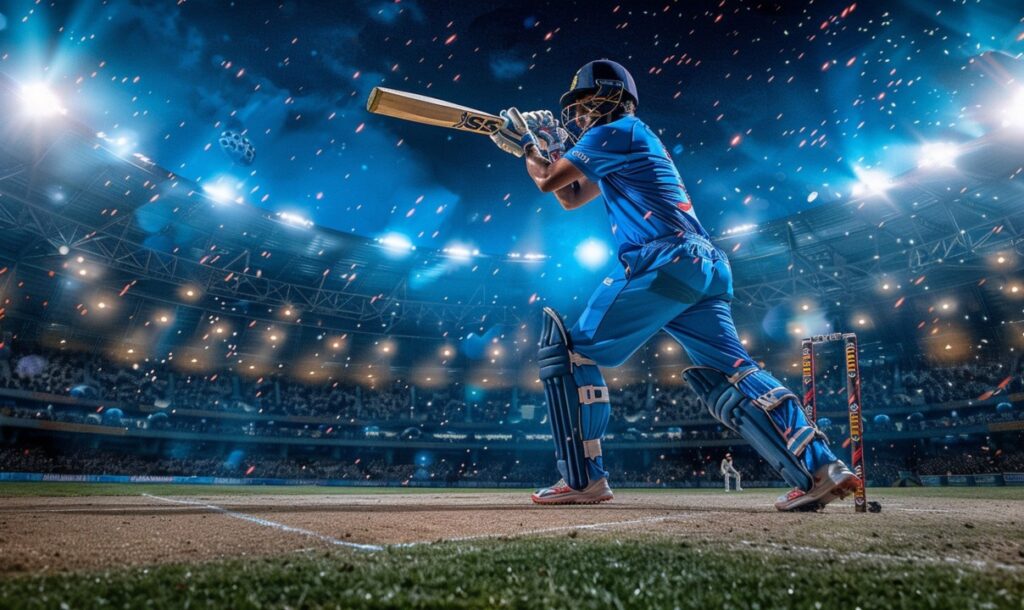
Cricket, a sport with deep-rooted traditions, has undergone a technological revolution over the past two decades. The integration of advanced technology not only heightens the excitement for fans but also brings fairness, accuracy, and immersive analysis to the field. Here’s how modern tech shapes every aspect of the game—from calculating bowler and bat speed to detailed ball tracking, real-time analytics, and stunning broadcast visuals.
1. Speed Guns: Measuring the Bowler’s Pace
One of the most visible uses of technology in cricket is the measurement of bowling speed. Speed guns, also known as radar guns, work on the principle of the Doppler effect. Positioned behind the bowler’s arm near the sight screen, they emit radio waves that bounce off the moving cricket ball. The frequency shift enables the calculation of the ball’s speed almost instantaneously. As soon as the ball is released, the data is processed, and the exact speed flashes on TV screens for viewers worldwide. This technology replaced the unreliable visual estimations of the past, ensuring fans and teams know precisely how fast each delivery is bowled.
2. Bat Speed Technology: Smart Bats and Sensors
Cricket bats have gone smart in the 21st century. Through embedded sensors or attachable devices like the Spektacom PowerBat or StanceBeam BatSense, every aspect of a batsman’s performance is now measurable. These ultra-lightweight sensors capture movement, bat speed, impact location, swing angle, and even shot power. The data syncs with a mobile app, providing real-time feedback to players, coaches, and fans. This innovation not only refines batting technique but also introduces new, stat-based insights into commentary and analysis.
3. Hawk-Eye: The Ball Tracking Guru
No discussion of cricket technology is complete without mentioning Hawk-Eye. First introduced in 2001, Hawk-Eye utilizes an array of high-speed cameras (typically six to ten) strategically placed around the stadium. These cameras track the ball’s movement with incredible precision, creating a three-dimensional model of its trajectory. Hawk-Eye has revolutionized the Decision Review System (DRS) by providing clear tracking for LBW decisions, predicting whether a ball would have hit the stumps after striking the batsman. Additionally, its analytics illustrate pitching points, line and length, and delivery patterns, helping players and audiences dissect every ball bowled.
4. Hot Spot: Infrared Imaging for Fine Edges
Hot Spot technology leverages military-grade infrared cameras placed at opposite ends of the ground. When the fast-moving cricket ball collides with the bat, pad, or glove, friction causes a temperature spike at the point of contact. Hot Spot captures these “bright spots” in real time, helping umpires determine whether the ball actually made contact (such as thin edges for caught decisions or bat-pad LBWs). This tech offers clarity in situations where both sight and sound are inconclusive.
5. Snickometer (Snicko): Audio Analysis for the Faintest Nicks
Snickometer, often referred to as Snicko, utilizes highly sensitive microphones embedded in the pitch and stumps. When the ball passes close to the bat, it registers even the faintest sound: a fine nick or edge. The audio waveform is synchronized with the video feed, offering a scientific verdict where “did he hit it?” is up for debate. It is an essential part of the DRS toolkit, particularly for appeals that are caught behind. 1617
6. Bird’s Eye View: Drones and Spider Cam
Modern broadcasting would be incomplete without dramatic, sweeping visuals of the cricket stadium. Drones and Spider Cam have revolutionized the spectator experience:
- Spider Cam: Suspended on wires above the field, Spider Cam swoops, zooms, and glides over the action, providing never-before-seen angles of bowler run-ups, fielding formations, and sixes sailing into the crowd.
- Drones: Unmanned aerial vehicles are employed for panoramic, bird’s-eye shots of the ground, capturing crowd excitement and tactical field placements from above.
Both camera systems offer dynamic angles, making the game more immersive and visually appealing.
7. Multiple Camera Systems: Eyes Everywhere
A cricket ground today is surrounded by a network of up to 30 static and moving cameras, each focusing on unique aspects:
- Stump Cameras: Miniature cameras embedded in the stumps deliver up-close replays of run-outs, stumpings, and bowled dismissals.
- Boundary Line Cameras: Help with fine decisions on whether the ball crossed the rope for a four or a six.
- Helmet and Umpire Cameras: Wearable tech gives fans a first-person perspective of the action, bringing viewers right into the heart of the play.
- UltraMotion and Super Slow-Mo: Ultra-high frame-rate cameras capture and replay key moments in exquisite, slowed-down detail—be it a ball turning past the bat or a diving catch on the boundary.
8. LED Zing Bails and Stumps
Another innovation that aids umpires is the Zing wicket system. Equipped with microprocessors, the bails flash bright red the moment they are dislodged from the stumps. This split-second instant feedback is invaluable in run-out and stumping decisions, especially when looking at tight frames. Prior to their introduction, such close calls often led to erroneous verdicts.
9. Pitch Map, Wagon Wheel, and Data Analytics
Broadcasts now feature advanced graphics such as:
- Pitch Maps: Display where the ball lands on the pitch, facilitating an understanding of line and length strategies.
- Wagon Wheels: Illustrate the directions in which a batsman has scored runs, offering a visual summary of scoring patterns.
- Beehive and Heat Maps: Display where the bowler has targeted the batsman or where the batsman has hit the shots, indicating strategies and execution.
All of this is powered by real-time analytics, machine vision, and massive data processing.
10. The Future: AI, VR, and More
Technology in cricket continues to evolve. Artificial intelligence is being integrated to analyze patterns, predict outcomes, and automate highlights. Virtual and Augmented Reality may soon let fans stand “in the shoes” of their favorite players, while machine learning models could refine decision-aid systems even further.
Conclusion
The integration of technology has elevated cricket on multiple fronts—fairness, sporting spectacle, and viewer engagement. From measuring the speed of a fearsome yorker and analyzing a batsman’s power shot, to enabling third umpires with infrared vision and drones patrolling the skies, tech is making cricket truly a 21st-century sport deeply rooted in its centuries-old legacy.
As new advancements emerge, the future will witness cricket becoming faster, smarter, and even more thrilling—delighting players, coaches, officials, and billions of fans worldwide.
Various Sources



